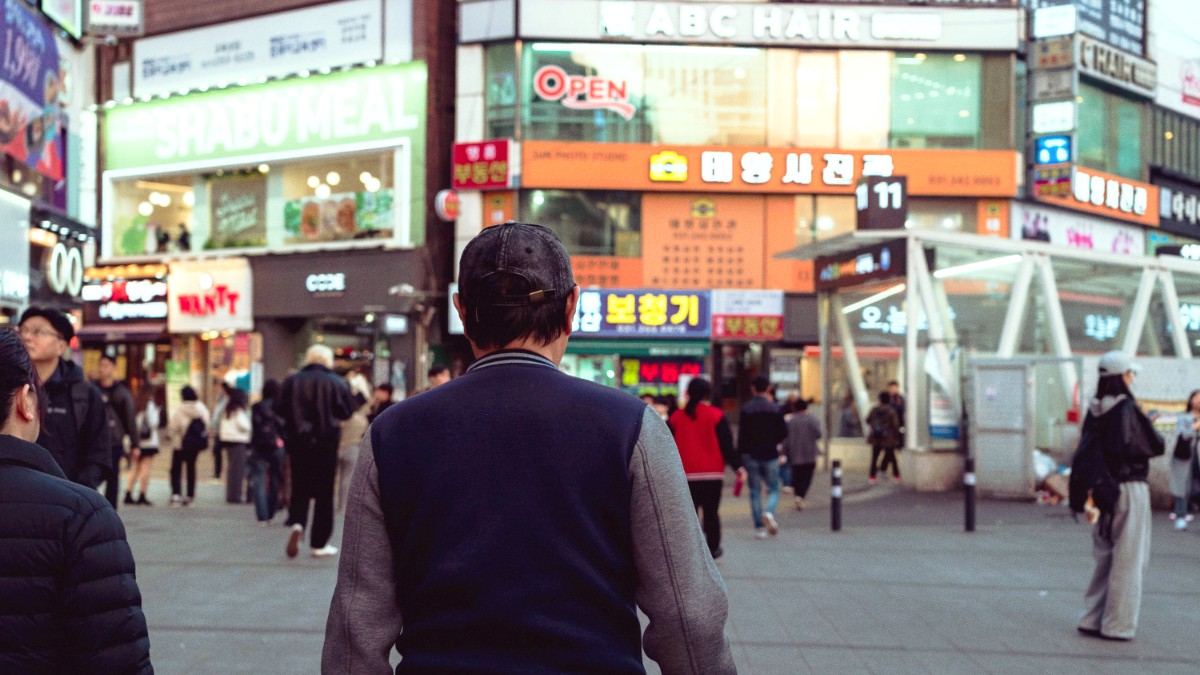
Gyeonggi Do, South Korea
The Hwaseong Fortress is a magnificent, well-preserved fortress wall. King Jeongjo of the Joseon Dynasty built it in the late 18th century to protect Suwon and house his father's tomb. It features four main gates, numerous observation towers, command posts, and bastions.
Walk the entire 5.7 km circuit for comprehensive views. Visit during sunrise or sunset for golden hour photography and fewer crowds. Climb Paldalsan Mountain, within the fortress grounds, for panoramic views.
The palace grounds serve as a beautiful setting for photos and cultural experiences.
The entire Hwaseong Fortress area is an active historical site, with many sections providing insight into Joseon-era military and urban planning.
Haenggung-dong, adjacent to Hwaseong Haenggung Palace, has traditional and renovated hanok-style buildings housing cafes and artisan shops.
Yongjusa Temple (용주사): A significant Buddhist temple linked to King Jeongjo and the Hwaseong Fortress. It is located just outside Suwon in Hwaseong city.
Various monuments and statues dedicated to King Jeongjo and historical figures are found within the fortress grounds.
King Jeongjo's royal tomb is part of the Royal Tombs of the Joseon Dynasty, an UNESCO site. Located near Yongjusa Temple.
Find tranquility and scenic beauty in Suwon's green spaces and surrounding nature.
A large, modern urban park centered around two lakes. It offers extensive walking and cycling paths, playgrounds, cafes, and scenic views.
A popular hiking destination north of Suwon. It offers various trails of differing difficulty, with beautiful views, especially during autumn foliage.
A natural stream flowing through the heart of Suwon, past Hwaseong Fortress. Its banks feature well-maintained walking and cycling paths.
These natural areas contrast with the city's historical sites and commercial zones, offering respite.
Gwanggyo Lake Park, in particular, has modern architecture and lake views suitable for photography.
The lake park also attracts various bird species, appealing to nature lovers.
A charming area near Hwaseong Haenggung Palace, known for its narrow alleys filled with independent artisan workshops, unique cafes, small galleries, and boutique shops. Good for a leisurely stroll and discovering local crafts.
Traditional markets offering an authentic glimpse into local Korean life. Bustling hubs for fresh produce, street food, clothing, and household goods. Jidong Market is especially famous for its "Sundae Alley."
It offers insight into Korean traditional culture through various programs, often including tea ceremonies, traditional craft making, or educational exhibits.
Many of Suwon's attractions are clustered together, making it easy to combine visits.
Suwon's layout with the fortress at its core lends itself well to self-guided walking tours.
Consider splitting your exploration into historical and modern sections, or a mix based on your interest.
Focus on the fortress and traditional culture.
Discover contemporary Suwon and relaxation.
Combine history with local flavors.
Be flexible. Suwon has efficient public transport. You can easily adjust your itinerary based on weather or personal interest.
Accessing attractions in Suwon is straightforward, with options for direct purchase or online booking.
Most attractions in Suwon, including Hwaseong Haenggung Palace and Suwon Hwaseong Museum, allow direct ticket purchase at the entrance. Cash and card payments are accepted.
For popular tours or experiences that originate from Seoul but visit Suwon, booking online through platforms like GetYourGuide is an option. Individual attraction tickets for Suwon are less commonly sold online via international platforms.
A combined ticket covering Hwaseong Fortress (some sections), Hwaseong Haenggung Palace, and Suwon Hwaseong Museum offers convenience and a slight discount for major historical sites.
Hours for outdoor sites (like the fortress walls) may change with seasons, generally extending later in summer and closing earlier in winter.
Weekends and public holidays attract more visitors, especially to the fortress. Early mornings are typically quieter.
While parts of the fortress wall are steep, many areas around the palace and gates are accessible. Check specific site details for mobility info.
Sunrise/sunset are best for lighting at the fortress. For cultural performances, respect performers and use non-flash photography.
Volunteer English guides might be available at major sites. Inquire at tourist information centers upon arrival.
Suwon offers engaging experiences for families with children.
While many sights are self-explorable, guided tours enhance the experience.
Suwon's attractions are relatively close. Wear comfortable shoes for walking the fortress walls and exploring the traditional districts.
Allocate at least half a day to a full day for a thorough exploration of Hwaseong Fortress and Haenggung Palace, including museums.
Suwon's location within Gyeonggi-do province provides access to many other interesting destinations for day trips or longer explorations.
The capital city is easily accessible from Suwon.
A living museum portraying traditional Korean life.
One of South Korea's largest theme parks and a water park.
A full day is typically needed for either park.
Explore natural beauty just outside Suwon.
These spots offer a peaceful retreat from urban life.
A historically significant and sobering experience.
A tour often occupies a full day due to travel and security checks.
Factor in commute times. Seoul and surrounding attractions are generally within a 1-2 hour journey from Suwon.
For popular destinations like Everland or DMZ tours, booking tickets or tours in advance, especially on weekends, is beneficial.
Korea's public transportation network (subway, trains, buses) is extensive and efficient, making independent day trips convenient.